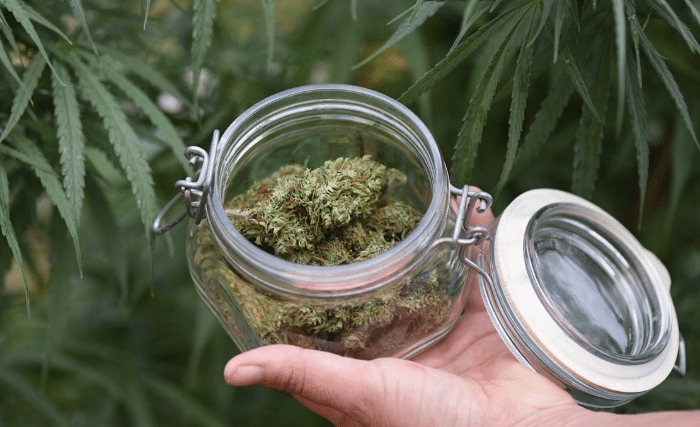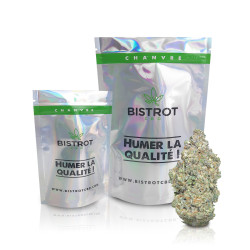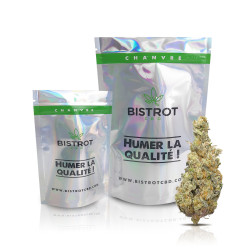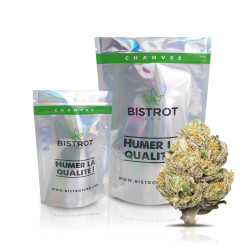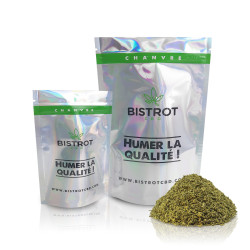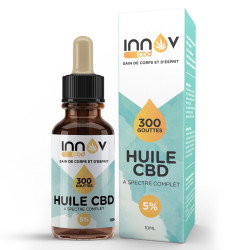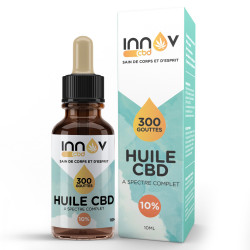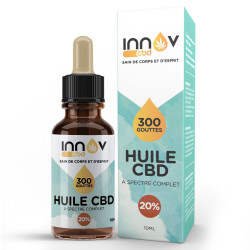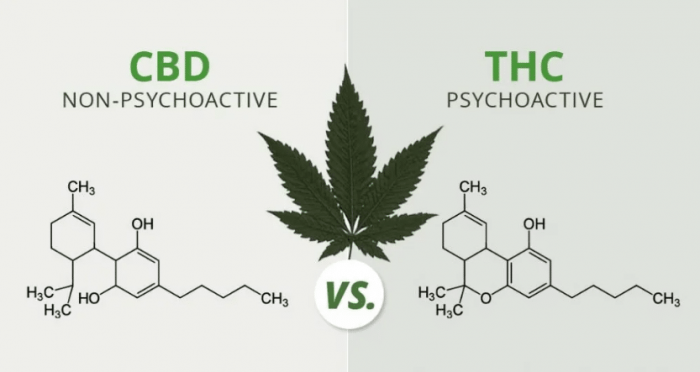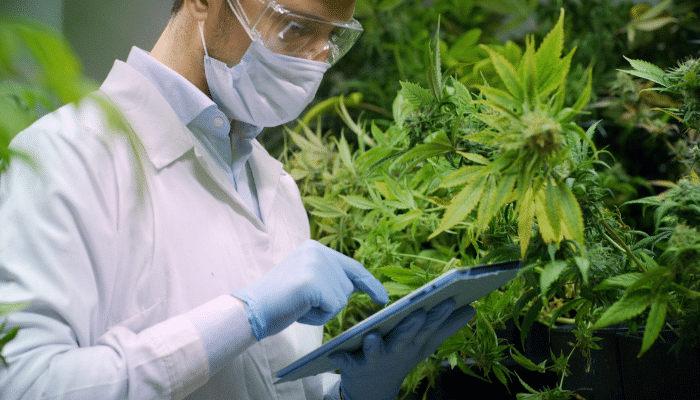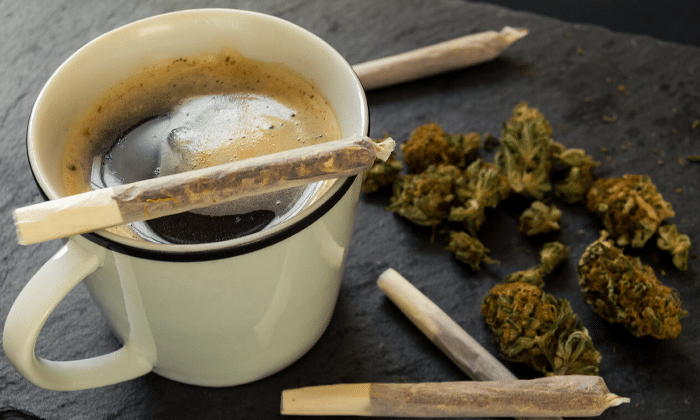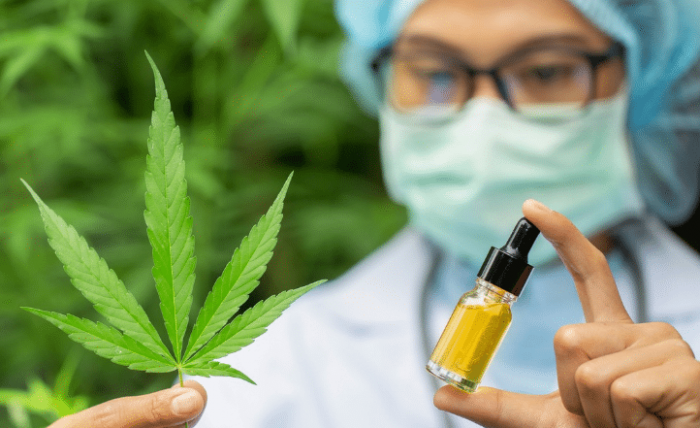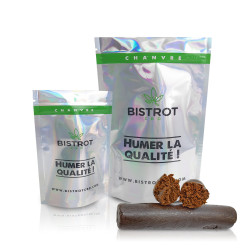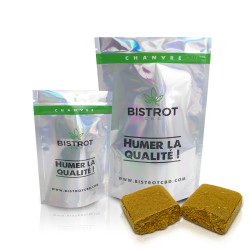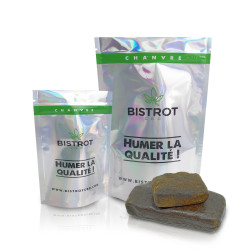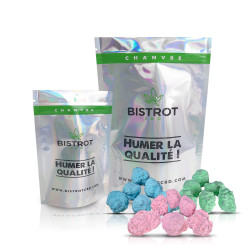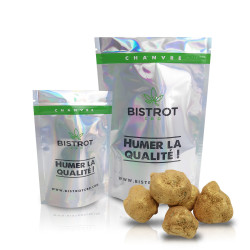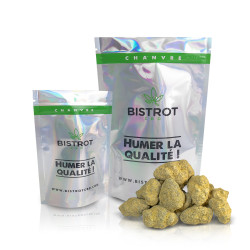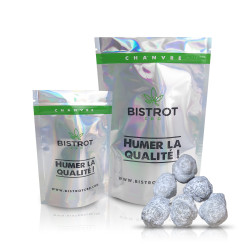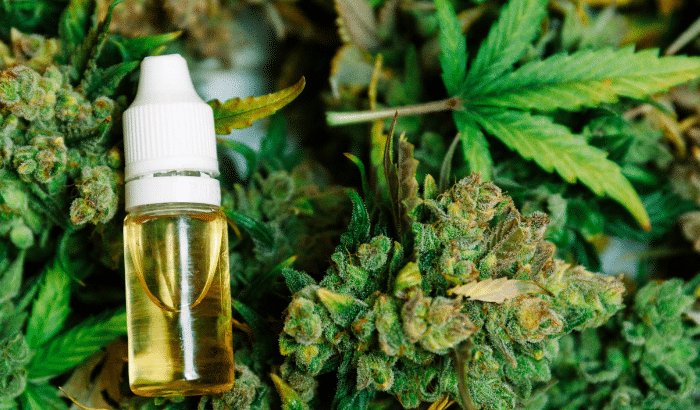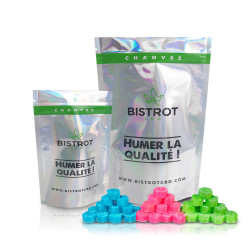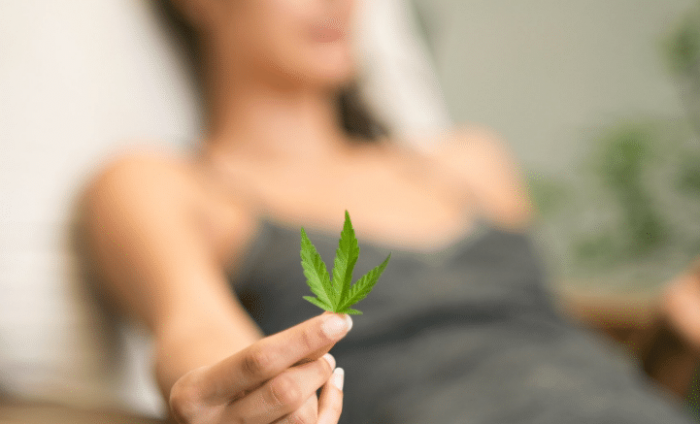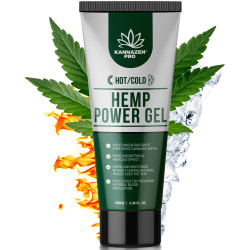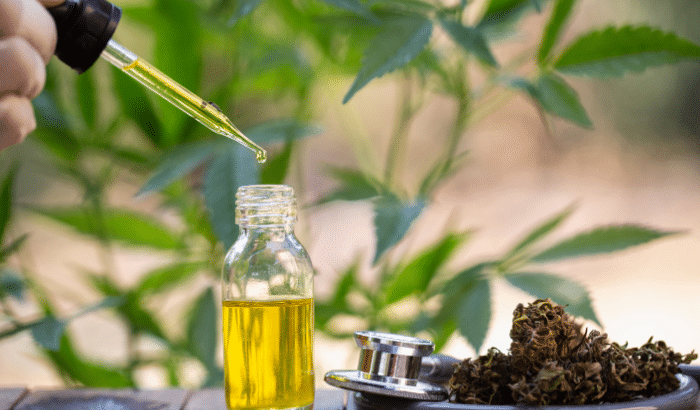
Introduction
Cannabidiol (CBD) or even (CBD) based products for novices are becoming increasingly popular with consumers and researchers. CBD, or cannabidiol, is the second most important cannabinoid found in cannabis plants, and has been shown to have a variety of therapeutic uses.
However, unlike its better-known cousin, THC, CBD is not toxic, which means it doesn’t get you high. Phytocannabinoids such as CBD are molecules that contain several therapeutic properties among the most studied are their anti-inflammatory, antioxidant, analgesic, neuroprotective and anxiolytic effects.
Flowers:
Oils:
What is the difference between THC and CBD?
CBD and THC are the two
most common cannabinoids
present in cannabis plants. CBD has more therapeutic potential than THC because it does not produce psychoactive effects. But don’t think this means that THC lacks therapeutic potential – it’s just that the psychoactive effects of THC may be less desirable for patients or individuals in certain situations.
Unlike CBD, THC acts on our
endocannabinoid receptors
This is why many people enjoy its psychoactive effects. This action helps combat anxiety in people who are experiencing stress and worry. However, this action may not be desirable for people with other forms of anxiety.
Where does the CBD come from?
The Cannabis Sativa L. plant has over 500 natural compounds and over 120 cannabinoids, including cannabidiol (CBD). Some experts claim that CBD could be a “full-fledged pharmacy in a plant”. Other cannabinoids that have been studied for years include tetrahydrocannabinol (THC), cannabinol (CBN), cannabigerol (CBG) and many others.
For many centuries, humans have used the cannabis plant for textiles, fabrics, paper and medicinal purposes; in fact, it was regularly cultivated until the 20th century. In 1937, the U.S. government launched a prohibition campaign that resulted in the total prohibition of cannabis.
In order to prove the danger of cannabis, the U.S. government has invested a lot of research money into studying the plant; however, they have not been able to prove its danger. On the contrary, they rather found its therapeutic value and very little damage.
A change in sight…
Despite scientific evidence, and without any justification, the cannabis plant was classified in 1961 as a dangerous substance with no therapeutic value. Within this legal framework, it was almost impossible to do research on the cannabis plant. However, in the 1960s, Israeli researcher Raphael Mechoulam succeeded in isolating and synthesizing the structures of THC and CBD.
Following this discovery, research into cannabinoid-based treatments began to gain momentum. It culminated in the 1990s with the discovery that human and animal organisms have specific receptors for cannabinoids and also produce their own cannabinoids.
But what justifies the success of the CBD now?
Over the past 20 years, researchers have taken a closer look at the CBD. This has led to a wider range of studies on the effects of CBD, both in the laboratory and with human participants.
As more studies were conducted, experts became interested in the use of CBD for certain symptoms of multiple sclerosis. But the story of Charlotte Figi, a young American woman suffering from Dravet syndrome, a rare form of epilepsy, definitely helped to make things happen.
Despite the lack of response to medication and the fact that Charlotte had virtually no cognitive or physical function, her parents finally decided to try giving her cannabis oil.
The result was incredible! Charlotte almost completely stopped having seizures, started walking and feeding herself. She lived seizure-free for a few years before dying of pneumonia at the age of 13.
Its history has encouraged an exponential increase in cannabis research, which has found that it can treat anxiety, inflammation, pain, epilepsy and spasms.
At the 2017 Drug Dependence Expert Committee meeting, the World Health Organization (WHO) reported that CBD is not addictive, does not harm health, and has great therapeutic and medicinal potential.
In response, the WHO recommended to the United Nations that CBD be reclassified from its current status as a controlled substance and that each country establish a regulatory framework for production and sale. Today, a drug called
Epidiolex
made with CBD is on sale in France to treat epilepsy in children.
What are the properties of CBD?
Cannabidiol has many properties. While some are already established, some are still under study. For the moment, the most important therapeutic properties of CBD or cannabidiol, are the following:
- Anti-inflammatory
- Analgesic
- Antioxidant
- Anxiolytic
- Anticonvulsant
- Neuroprotector
- Anti-nausea and anti-emetic
Resin:
CBD has proven to be an effective treatment for many medical conditions. The
CBD can help relieve diseases such as cancer
multiple sclerosis, Crohn’s disease, epilepsy, neuropathic pain, etc.
According to some studies, CBD also reduces stress and anxiety levels in patients with various diseases. In addition to these benefits, it can also help prevent heart disease by lowering blood pressure and preventing atherosclerosis (hardening of the arteries). It may also protect against stroke by inhibiting platelet aggregation.
How does CBD affect our bodies?
Unlike the other main phytocannabinoids – tetrahydrocannabinol (THC), cannabigerol (CBG), cannabichromene (CBC), cannabidiol (CDB) does not directly stimulate or inhibit endocrine receptors. Instead, CBD affects the endocannabinoid system in a more gentle way, increasing its effectiveness.
In fact, CBD acts as a kind of stimulant for the ECS system – it stimulates the activity of the system when it is needed and calms it down when it is too active. This indirect action allows the ECS system to regulate the processes more efficiently.
Why does CBD act on our body?
Our bodies produce endocannabinoids, as do plants. The production of these chemicals helps to maintain the balance of our biological systems. Products containing CBD help maintain ECS, which regulates important physiological processes in the body, from metabolism to mood, and helps us live healthier in all areas.
Moonrock:
Thus, with the help of cannabis light, the symptoms of certain diseases can be reduced. Pets also benefit from cannabis-derived medicines.
How long does it take for the CBD to take effect?
Well, the short answer is that it depends. There are many variables that can influence the time it takes for CBD to take effect, such as how much you take and how you use it. And there are other factors that will play a role in determining how long the CBD will stay in your system.
Here are some of the things to consider when looking at the length of time it takes for the CBD to take effect:
The method of consumption: the sublingual way is generally faster than the digestion.
The amount consumed: higher doses generally take longer to work, but they also tend to last longer.
Product strength: lower strength products work faster, but you may need higher strength products for maximum effectiveness.
How to use the CDB?
It is not easy to imagine how to use a product with so many benefits. We’ve put together some of the best ways to use CBD and the products you’ll need to do it.
For example, the most common way to use CBD oil is to put drops under the tongue. You must hold the liquid for at least 60 seconds before swallowing. This way of using CBD is also called sublingual use and has been proven to be one of the most effective methods.
Oils:
Sublingual use helps reduce stress, anxiety, pain, inflammation, insomnia and more! You can also add CBD drops to your food, but this method is not very effective, as the digestive system does not absorb all the ingredients and you will lose a lot of it in the process.
Another great option for those who want to get all the benefits of CBD is to vapourize it, especially if it is CBD flowers or CBD resin. Vaporization allows you to inhale the cannabinoids directly into your lungs and from there they are immediately absorbed into your bloodstream, making it a very fast acting method.
Moonrock:
You can also apply creams or oils topically to get rid of skin conditions such as acne, psoriasis, eczema, dryness or even wrinkles! The CBD cream will moisturize your skin and improve its condition.
How does it feel to take CBD?
The most common question we are asked is, “How does the CBD make you feel?” The answer to this question is that CBD does not make you feel any high, as THC does.
Candy:
This is because both CBD and THC interact with the endocannabinoid system in different ways. So, you could say that CBD acts as a supplement that helps your body do what it is supposed to do. Instead of making you high, this cannabis molecule makes you feel better.
Who can take CBD?
Anyone who wants to benefit from the medicinal effects of cannabis without getting high can use CBD. You can also use it if you are looking for a way to reduce anxiety, improve sleep quality or relieve pain.
Cream:
It is available in many forms including tinctures, oils, balms and edible products such as CBD candy. You can also find it in pill or topical ointment form. If you’re new to CBD, it’s best to buy a small amount and play with dosage levels until you find what works best for your body.
So want to discover the wonders of CBD products in all legality? Feel free to browse our top of the line selection of organic CBD products on our online store. You will certainly find your happiness there. Our
light cannabis flowers
our oils, our resins and all our products are 100% legal, organic and contain less than 0.2% THC in accordance with the legislation. So treat yourself!
